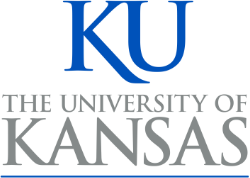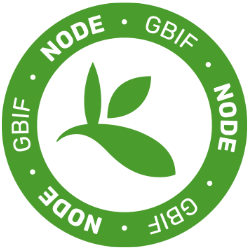Symposium: No Collection Left Behind: Research Contributions of Small Collections
Contributed by Anna Monfils (Central Michigan University) and Molly Phillips (iDigBio)
SCNet, Biodiversity Collections Network (BCoN), iDigBio, NSCA, and Biodiversity Literacy in Undergraduate Education Network (BLUE) cosponsored the 5th annual SCNet Symposium at SPNHC 2019. The goal of this symposium was to highlight data-driven examples of the contributions small biological collections make to the national digitization initiative and resultant biodiversity research. This symposium discussed small collections in the context of their unique and valuable contributions to digitization, aggregated data and metadata, and downstream research.
Small natural history collections have the potential to significantly expand our knowledge of species diversity and landscape-level biogeography. Every small collection with properly curated specimens is a unique source of valuable biodiversity data for research. Small research collections archive unduplicated specimens that represent intensive regional sampling, unrepresented temporal sampling, and a focused sampling of community composition typically not represented in large collections. Some small collections are associated with biological research stations and can be our best resource for information on diversity in local biological "hotspots" through time. In addition, small collections can be a hidden source of specimens that represent the expertise of associated curators and researchers.
Defining “small research collections” is more than just a matter of scale but rather a cohort of attributes that goes beyond size. These regional natural history collections often have an ecological, taxonomic and geographic focus. Specimens from small collections are often not included in literature review of the regional flora and fauna, so the diversity they archive is not represented in the collective records of species inventories, field guides, regional flora and monographic studies. Curatorial responsibilities may not be part of the "official" job descriptions of small collections staff, so work done for the collection is not linked to reappointment tenure, or promotion. As a result, the visibility of these collections may be limited.
This symposium was a product of the working group focused on documenting the contributions of small collections to biodiversity science (SCNet Small Collections Working Group, SCWG). The SCWG is working to generate a manuscript based on the collective contributions of the speakers.
Symposium Participants
|
Hannah Appiah-Madson Ocean Genome Legacy Center |
Travis D. Marsico Biological Sciences |
|
John M. Bates* Life Sciences |
Jess Miller-Camp |
|
Jennifer E Bauer Florida Museum of Natural History |
Anna K. Monfils * Department of Biology |
|
Michael W Belitz Florida Museum of Natural History |
Molly A Phillips* iDigBio |
|
Blake C. Cahill Department of Biology |
Marcia A Revelez* Texas Tech University |
|
Julia B Colby Zoology |
Dawn R. Roberts |
|
Erica Krimmel* Research & Collections |
Randal A Singer Museum of Zoology |
|
Teresa J Mayfield-Meyer Museum of Southwestern Biology |
Jennifer M Zaspel * Zoology |
*Members of Small Collections Working Group Planning Team







